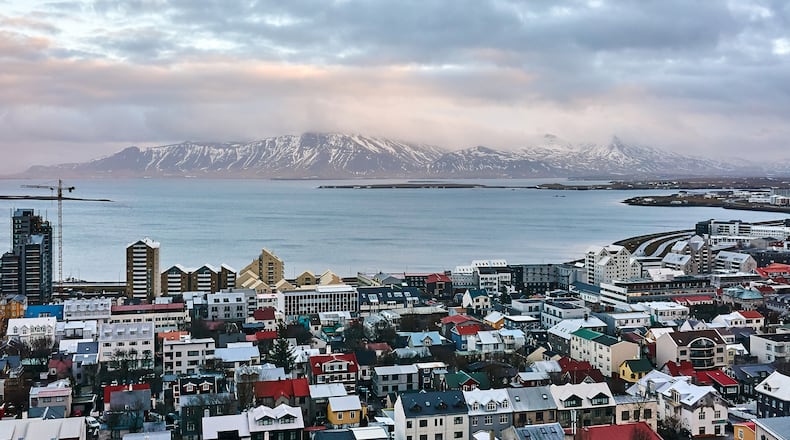To put those numbers in startling context, foreign visitors outnumbered locals by about seven to one this year, according to Bloomberg.
Now the Nordic island nation defined by its dramatic landscape of volcanos, geysers, hot springs and lava fields is trying to figure out whether the country can, or should, accommodate even more people.
“This sector is maturing and becoming a real industry in Iceland, and with that, of course, come challenges that we need to be ready to tackle,” Thordis Kolbrun R. Gylfadottir, Iceland’s tourism minister, told Bloomberg.
Iceland’s Blue Lagoon presents a microcosm of what is taking place in the country.
A pool of geothermally heated water that’s rich in minerals and said to be good for your skin, the lagoon’s creation was something of an accident, according to BBC: Locals happened upon the water and started bathing in it. Now Blue Lagoon has become a “must-do” on tourist agendas far and wide, and the number of visitors has increased from about 50,000 in 1994 to 1.3 million this year.
Though this influx is presenting logistical challenges, it has also brought significant financial benefit.
Tourism has grown to be Iceland’s biggest export, pushing ahead of wholesale and retail trade, (which is now the nation’s second-biggest industry), according to Bloomberg.
Just one year ago, tourism accounted for about 8.4 percent of Iceland’s gross domestic product.
Amid such growth, the country’s residents and leaders are expressing concern about repeating the mistakes of the infamous herring bonanza during the 1960s and 1970s. That episode involved the collapse of herring stocks when overfishing brought the fish to the border of extinction.
Tourism is now so important to Iceland that any impact on the industry would be a major shock to the country’s economy as a whole, according to its central bank.
At the same time, tourism also appears to be putting pressure on the local housing market, causing a surge in short-term private rentals.
So what’s to be done?
There are a variety of measures now being considered that would, if not limit arrivals, at least improve the quality of the experience, Bloomberg reported.
“We need to map this out to see what we can do to make the tolerance higher. Sometimes it is about strengthening infrastructure, sometimes it can be about steering access to particular areas,” Gylfadottir said. “The decisions we make will affect how this sector will evolve.”
———
(TravelPulse is a leading travel authority on the web, providing consumer travel news and insider tips and advice for an ever-changing travel world. Read more stories at travelpulse.com
About the Author

